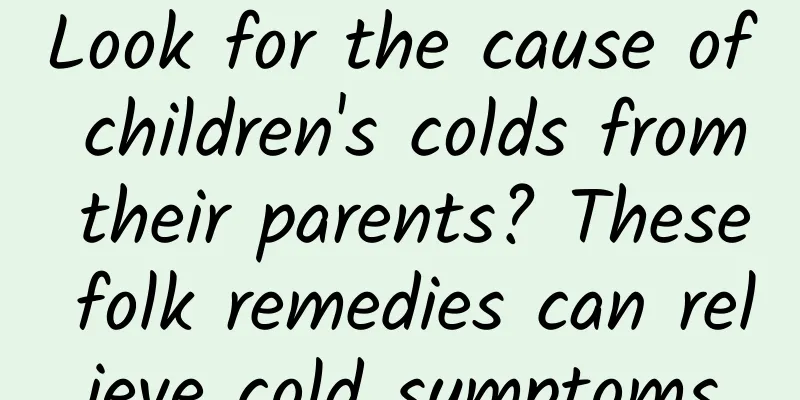What are the symptoms of neonatal jaundice?

|
Symptoms of neonatal jaundice include yellowing of the skin and sclera, which is a manifestation of elevated bilirubin levels. Early symptoms begin on the face and eyes and may then spread to the entire body. Most cases are physiological jaundice, but if jaundice is severe or lasts for too long, immediate medical attention is required to rule out pathological causes. 1Symptoms of mild jaundice Physiological jaundice usually appears 2-3 days after birth and reaches its peak 4-6 days after birth, showing as a slight yellowing of the face, neck and whites of the eyes. When the bilirubin concentration is low, the color of the jaundice may be very light, covering only a small area, and the newborn is generally in good condition and feeds normally. Most of these cases are physiological jaundice, which can be observed to gradually disappear on its own. 2. Symptoms of moderate jaundice As bilirubin levels continue to rise, jaundice will spread to the trunk and limbs, and the palms and soles of the newborn may also appear yellow. Parents need to pay close attention to jaundice at this stage, especially whether the severity of jaundice increases over time, and observe whether the newborn has abnormal conditions such as decreased appetite and drowsiness. If the bilirubin value exceeds a certain level, medical intervention may be required. 3. Symptoms of severe or pathological jaundice Pathological jaundice usually appears earlier than 24 hours or lasts for more than 2 weeks, and is manifested by deep yellow skin color and severe icterus of the sclera. Severe cases may be accompanied by convulsions, sharp crying, trembling limbs and other symptoms, indicating the possibility of bilirubin encephalopathy, a serious complication that endangers health or even life. The cause of pathological jaundice may be related to hemolytic diseases, infections, cholestasis, etc., and further diagnosis is required through blood tests and liver function tests. 4Symptom-based treatment Mild jaundice usually does not require special treatment, and the excretion of bilirubin can be promoted by increasing the frequency of feeding; moderate or severe jaundice often requires blue light irradiation treatment to break down bilirubin in the skin; severe jaundice requires hospitalization for observation and may require exchange transfusion therapy to reduce bilirubin levels. At the same time, parents need to ensure that the baby has adequate nutrition intake and avoid dehydration. If the jaundice of the newborn does not subside for more than 2 weeks or the symptoms are severe, you need to consult a doctor as soon as possible to clarify the cause and get comprehensive treatment. Timely identification of jaundice symptoms and scientific treatment can effectively avoid the occurrence of serious complications and ensure the healthy growth of the newborn. |
Recommend
What tests should be done for influenza in children? 4 methods of testing for influenza in children
(1) Virus isolation: Use acute nasopharyngeal was...
What are the common pathogens?
Pathogens are invisible enemies that we need to b...
Is hand, foot and mouth disease contagious to adults?
Hand, foot and mouth disease can indeed be transm...
What foods should children with pneumonia avoid eating? What tests should be done for children with pneumonia?
Pneumonia is a common disease, and children are t...
What are the good jaundice hospitals?
In real life, there may be many new mothers who d...
What causes polio?
Everyone may be very familiar with a disease, tha...
What kind of porridge is good for children with cough
When children have a cough, they can choose porri...
What are the treatments for polio?
Polio patients must always take various active me...
What is the clinical nursing of acute laryngitis in children?
Acute laryngitis in children is an acute inflamma...
What is the pathogenesis of influenza in children? Introduction to common knowledge about influenza in children
When influenza viruses come into contact with sen...
How to treat mumps in children and get better faster
Treatment of mumps in children should be a combin...
What to eat if you have polio
Diseases in life can be treated through diet. A h...
The principles of treatment for patent ductus arteriosus in neonates include
The treatment principles for patent ductus arteri...
What is the reason for the baby to have diarrhea after eating? What is the reason for the baby to have diarrhea after eating? How to regulate it?
Most babies have diarrhea after eating anything b...
How to tell if your child has jaundice? Check out these 3 symptoms to see if your child has jaundice
Many friends don't want to see their children...









